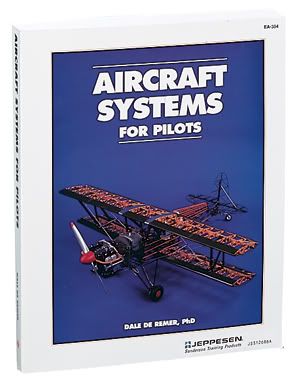ZombieAutoPilot
New Member
Hello! Well, I am training for my commercial multi engine license! and my instructor asked me: "Why when we lose an engine we lose up to 80% of performance? Shouldn't it be 50% if both engines are the same?"
I know it is not 50-50 because the operative engine will be struggling to maintain the airplane flying.
The operative engine will have to deal with the aerodynamics of the plane, as soon as you correct with rudder to the good engine and bank to that same engine, the longitudinal axis is not parallel to the flightpath and there is a space where the air doesn't produce lift in that part of the wing. So there's one, struggling to produce lift.
When you correct with rudder and aileron, down aileron produces more drag than the up aileron and the rudder will eventually produce drag as well, even if the prop is feathered it still as well producing drag, so theres the second one, drag.
And last since we only have 1 engine thats the one thats the only engine giving us thrust therefore I believe the sum of all those add up to the up to 80% loss of power. What am I missing?
He said that was not good enough, just part of the answer. I tried googling it and couldn't find an answer but this forum (which I found brilliant) so here I am with this question wondering if someone could help me.
Thanks
Gone flying-----sky high
I know it is not 50-50 because the operative engine will be struggling to maintain the airplane flying.
The operative engine will have to deal with the aerodynamics of the plane, as soon as you correct with rudder to the good engine and bank to that same engine, the longitudinal axis is not parallel to the flightpath and there is a space where the air doesn't produce lift in that part of the wing. So there's one, struggling to produce lift.
When you correct with rudder and aileron, down aileron produces more drag than the up aileron and the rudder will eventually produce drag as well, even if the prop is feathered it still as well producing drag, so theres the second one, drag.
And last since we only have 1 engine thats the one thats the only engine giving us thrust therefore I believe the sum of all those add up to the up to 80% loss of power. What am I missing?
He said that was not good enough, just part of the answer. I tried googling it and couldn't find an answer but this forum (which I found brilliant) so here I am with this question wondering if someone could help me.
Thanks
Gone flying-----sky high

